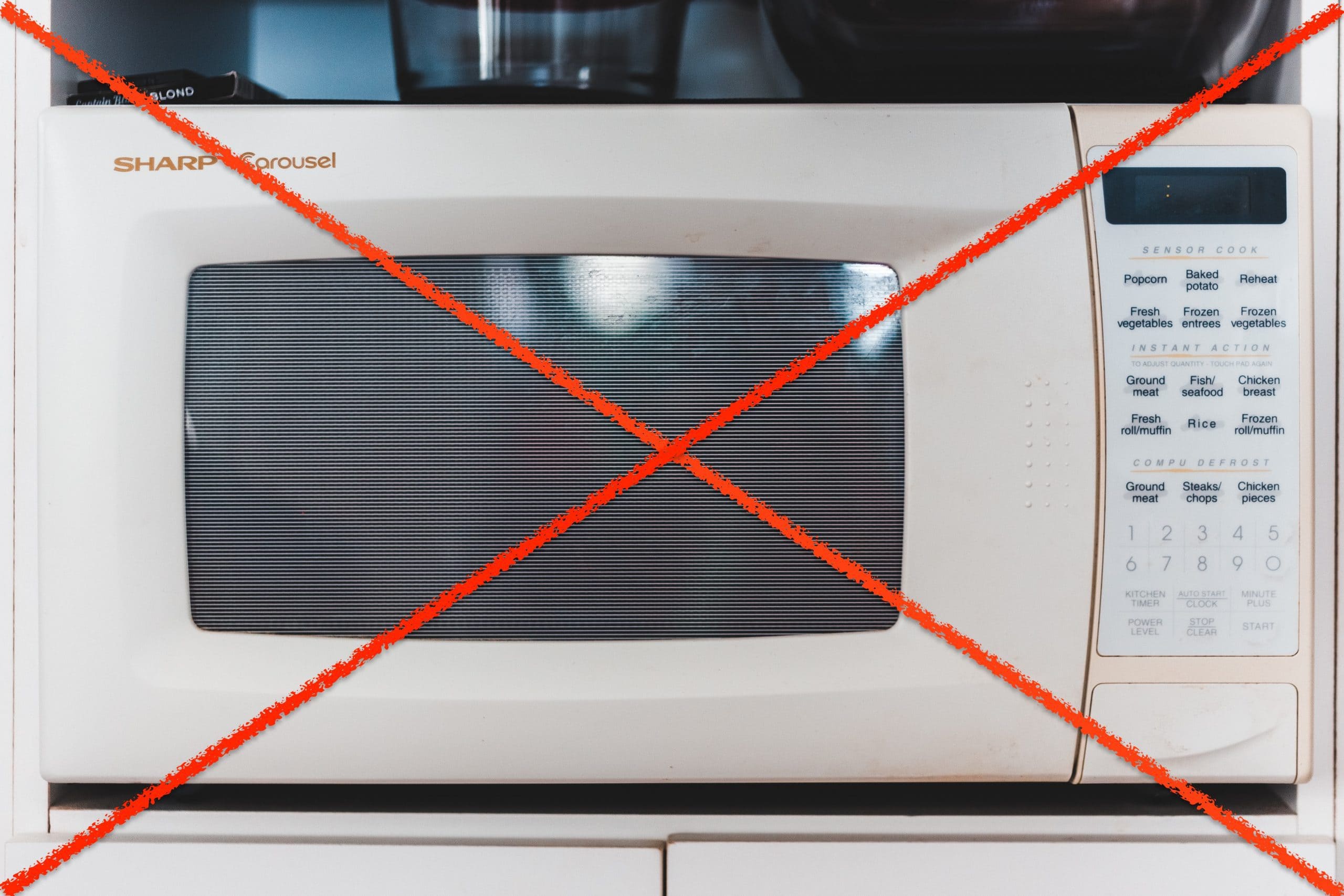
Many of us have been there. Sitting at your desk, concentration wavering after a morning’s work. You look up at the clock that sits at a slight angle on the office wall. Time for lunch? Your rumbling stomach confirms your suspicions.
Then, slowly at first but with the creeping inevitability of a tsunami, the air turns fishy – and not in a good way. The source is the microwave in the office kitchen, which somebody has idiotically used to reheat a piece of fish – mackerel, possibly. Your hunger wanes and all eyes scan the horizon to identify the culprit.
As anyone with whom the above scenario rings a bell will know, microwaving fish is not just the route to culinary disaster but workplace ostracism too. Subjecting inherently delicate fish – especially oily species such as salmon and mackerel – to the unforgiving heat of a microwave merely causes the fatty acids to oxidise into aldehydes and renders kitchens and offices barely inhabitable for hours afterwards.
As people for whom freshness is the principal quality of good fish, we would generally advise against reheating. You’ve already cooked the fish once and reheating it runs the grave risk of overcooking – which, as anyone who cooks fish regularly will know, is a surefire way to turn a good piece of fish bad.
If you can avoid it, don’t do it. But such blanket advice often jars with real life. There will be times when you find you have leftovers that just won’t work if served cold.
Follow these simple steps and you’ll be able to reheat fish – but don’t expect it to have the zing it had first time around.
STORE YOUR FISH PROPERLY
Allow the fish to cool to room temperature before storing it in a clean, airtight container in the fridge, and don’t forget about it for three or four days. Ideally, reheat the fish the day after you refrigerate it – the day after that, at a push.
GENTLY DOES IT
The only method we can recommend for reheating fish – or prawns, for example – is slowly and gently in a low oven, meaning a maximum of 170C/gas mark 3.
Wrap the fish loosely in tinfoil to prevent loss of moisture, which is the one thing you want to avoid (your nose will thank you for it too). Add a spoonful of water if you think the fish is already on the dry side.
If the fish is breaded or battered, the best way to keep the crisp texture is to avoid using tinfoil. (Needless to say, if you’re going to the trouble of battering or breadcrumbing fish and cooking it we’d urge you to eat the lot before it goes cold. But if needs must …)
THROUGH THICK AND THIN
The thicker the fish, the more room you have for manoeuvre. Rainbow trout will dry out in no time, for example, whereas a hunk of cod loin will lose moisture less slowly.
VIGILANCE IS KEY
Don’t pop the fish in the oven and come back in 20 minutes expecting success. Keep an eye on progress – check the temperature and condition of the fish as often as you can, since it’s a fine line between just-right and overcooked.
With all this in mind, you will hopefully have come to the conclusion that, 99 times out of 100, reheating fish is not worth the hassle. It won’t taste as good as it did when it was fresh and you run the risk of stinking out your home for the sake of a chunk of dry fish. But if needs must, follow the above advice. And good luck!